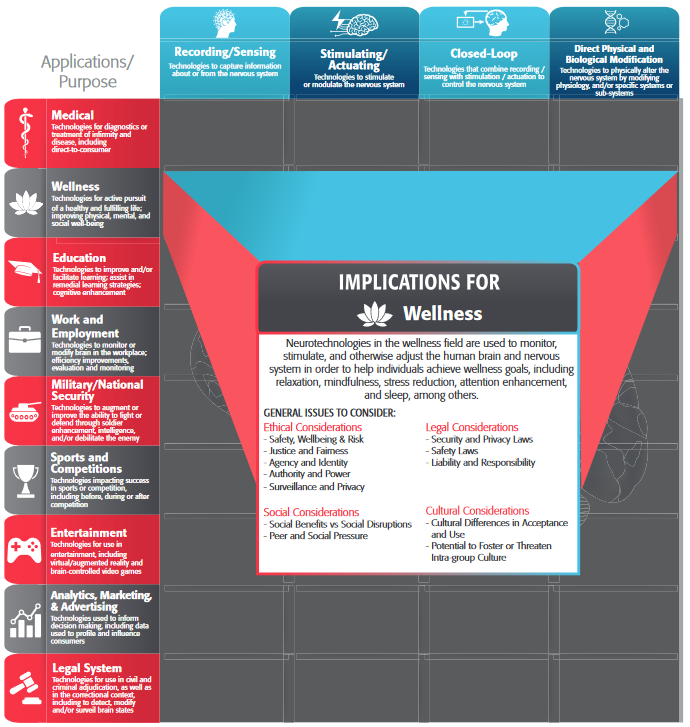The Potential of Neuroimaging-Guided Sensorimotor Rehabilitation
RESEARCH
James Sulzer, Roger Gassert
Stroke, caused by a cerebrovascular lesion, is one of the most debilitating diseases in the world. While physical and occupational therapy play an important role in the rehabilitation process, we are still unable to determine effective treatment strategies for the reduction of stroke-related impairments. It appears that reducing impairments after stroke may be mostly spontaneous and that therapy primarily supports compensation. Despite the source of the injury in the brain, treatment strategies are only at the limb level. The focus on the limbs while brain reorganization goes unmonitored could controversially result in compensatory neuroplasticity that limits recovery.
Exploiting DNA Sequencing Technology for High-Throughput Neuroanatomy
RESEARCH
Justus M Kebschull
The brain is the most complex organ of the body, formed by billions of neurons and trillions of synapses, all precisely connected by 100,000 miles of wiring. Understanding how the brain processes information relies, at least in part, on understanding these connections. However, in mammals, we still lack a fine-resolution map of neural connectivity.
Impressions from the 2017 IEEE Brain Data Bank Competition – Boston
NEW: STUDENT CORNER
Note from the editor: As part of the IEEE commitment to educating a new generation of engineers, the IEEE Brain Initiative eNewsletter BrainInsight is launching a new space called the “Student Corner” for young researchers to present their opinions on current events or research topics.
Can Creativity be Assessed? Your Brain on Art, When Art and Science Meet.
RESEARCH
Mario Ortiz, José L. Contreras-Vidal, José M. Azorín
Music sounds, body dances and hands draw responding to each other while a projector screen shows brain waves of a saxophonist, a dancer and a visual artist, and the real-time motion captured of the dancer shown as an avatar.
Decoding Inner Speech from Brain Signals
RESEARCH
Stephanie Martin
Many people cannot talk or communicate due to various neurological conditions. These people would benefit from a speech device that can decode their inner speech directly from brain activity. However, investigating and decoding inner speech processes has remained a challenging task due to the lack of behavioral output and the difficulty in labeling precisely the content of inner speech.


